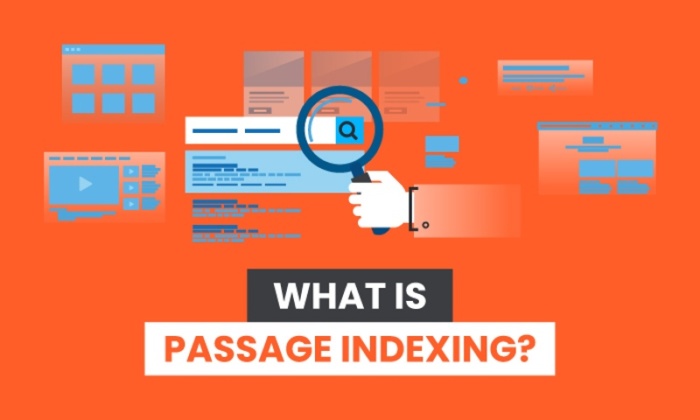SEO Writing: 12 Tips on Writing Blog Posts That Rank on Google

If you’ve ever written a blog post before, you know how much time it can take.
From topic selection and gathering research to writing the post and pressing “Publish,” the process often demands hours. That’s why, if your post doesn’t earn the traffic you expected, it can be a major letdown.
Fortunately, there’s a way to combat low traffic: search engine optimization. As marketers, we’re always aiming to write content that’ll rank highly on Google, and SEO is the bridge that’ll help you get there. That begs the question: How do you incorporate that into your content?
Don’t worry — we’ve got you covered. In this post, we’re going to dive into 12 ways to master SEO writing.
A 2020 Search Engine Journal study found that the clickthrough rate for websites in position one on the search engine results page (SERP)is 25%. This number drops drastically to 15% for websites in position two and then down to 2.5% for websites in position 10. When you get to page two of Google, that number gets even lower.
This means that if your website is not on the first page, there’s a small chance consumers will find your website organically. Fewer visits to your site mean fewer opportunities to generate leads, and ultimately, revenue.
Your next best option is investing in advertising to get those users to your site. But that costs money, and if you’re on a tight budget, why not invest time in SEO writing? It’s free and will likely bring you traffic for much longer than a campaign would.
12 Tips on How To Incorporate SEO in Your Writing
1. Use headings to your benefit.
Headers help Google’s web crawlers understand your blog post and the sections within it.
Think of the crawlers as readers who are skimming your blog. They want an overview of what your article will cover, that’s your H1. Then your H2s, H3s, H4s break down the subtopics within the piece.
So, your subheaders should reflect the content in the body and include high-intent keywords. When you use the right keywords, meaning the ones your target audience is using, you have a much higher chance of ranking on the SERP.
2. Optimize your content for featured snippets.
Featured snippets on Google are the most direct answers to search queries. For instance, if I were to search, “How do you write a blog post?” Google might use a featured snippet to show the best answer.
To earn a featured snippet on Google, you’ll need to answer the question thoroughly and succinctly.
For instance, if the search term is “How to screenshot on mac,” you can put “How to Take a Screenshot on a MacBook Computer” as your H1 or H2, followed by the steps in a numbered or bulleted list.
Once you’ve done that, be sure to include part of the question in your answer. Using the example above, you would start the paragraph with …read more
Source:: HubSpot Blog

![→ Download Now: SEO Starter Pack [Free Kit]](https://no-cache.hubspot.com/cta/default/53/1d7211ac-7b1b-4405-b940-54b8acedb26e.png)







